how to create step by step the creation of handmade tanned leather handbags.
Latest posts
-
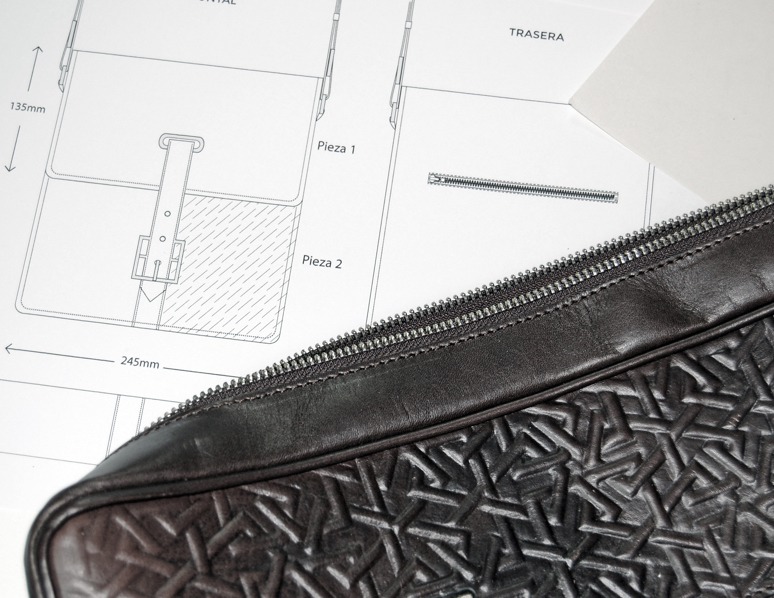 How to make a handmade leather bag step by step?Read more
How to make a handmade leather bag step by step?Read more -
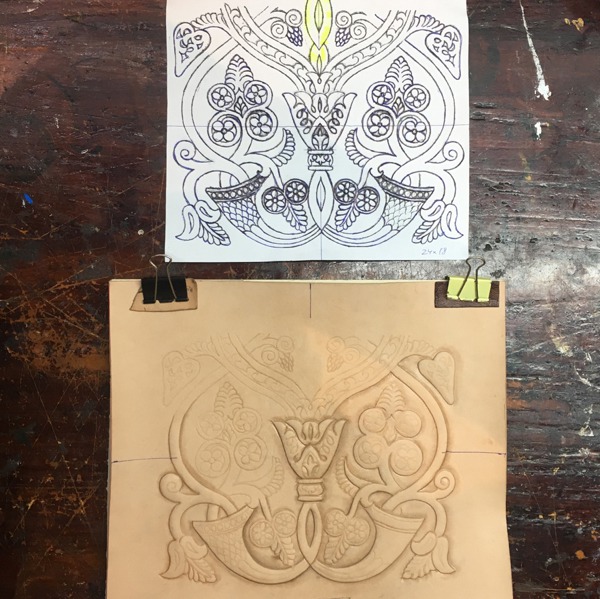 Types of leather What kind of leather do we use for each product?2020-09-11Read more
Types of leather What kind of leather do we use for each product?2020-09-11Read moreAre you interested in the types of leather we use to make our product? Visit our blog and read about the creation of...
-
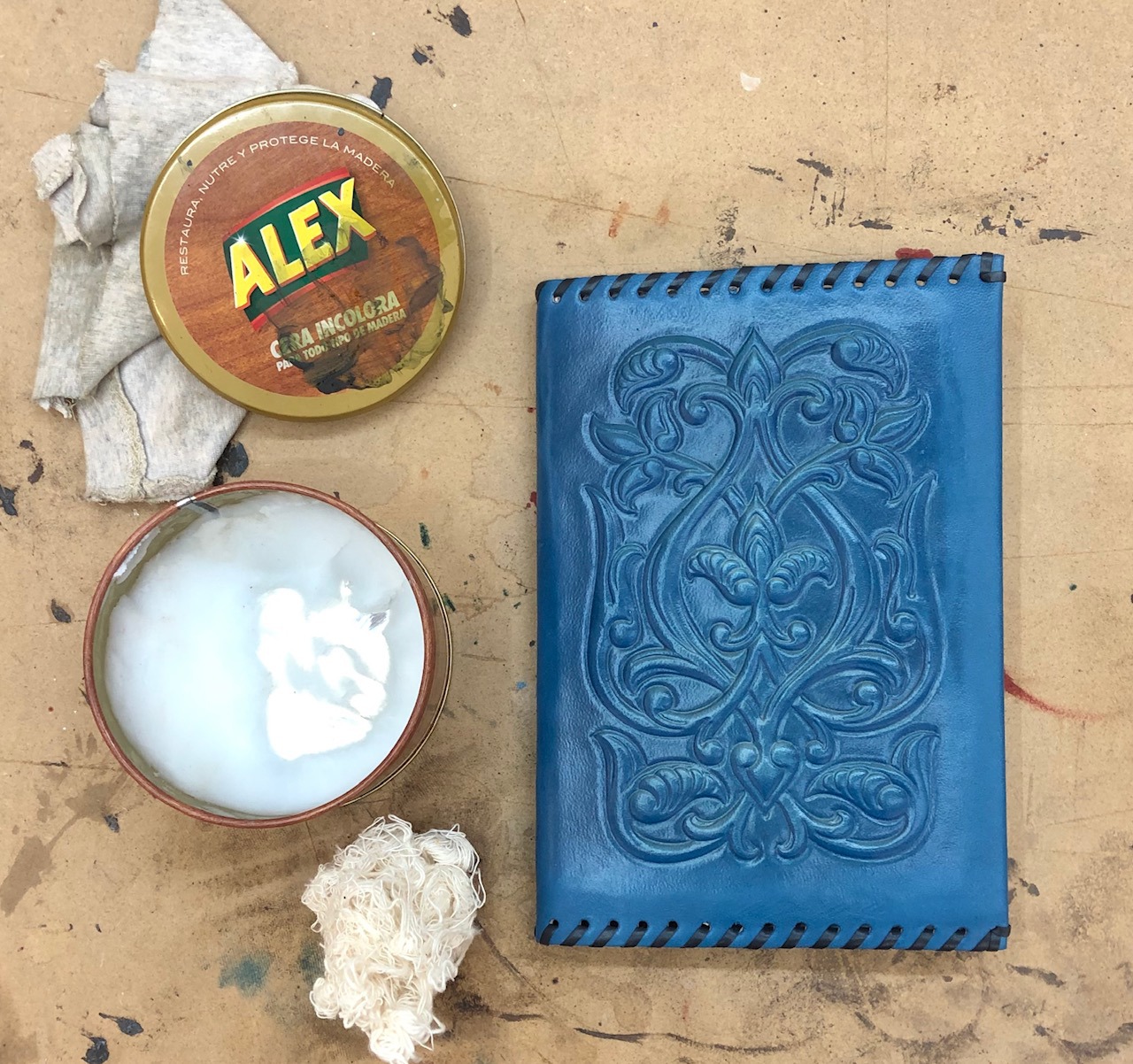 Tips to care for your leather products2020-08-14Read more
Tips to care for your leather products2020-08-14Read moreThe leather or tanned leather is a natural and organic material with excellent attributes of resistance and...
-
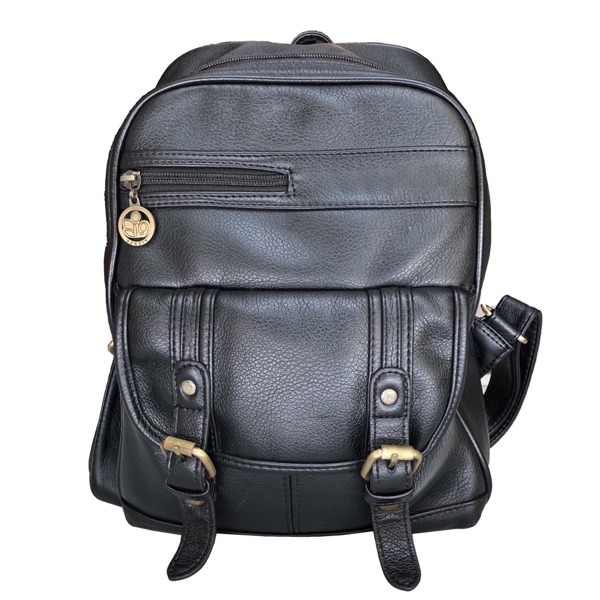 5 Steps to identify Synthetic Leather2020-08-07Read more
5 Steps to identify Synthetic Leather2020-08-07Read moreCommercially speaking, leatherwork has been divided in two different groups: natural leather and synthetic leather or...
-
 Vegetable Leather Dyeing2020-07-16Read more
Vegetable Leather Dyeing2020-07-16Read moreIn this article, we want to show how to dye leather by hand, and the types of dyes we use to color leather and obtain...
-
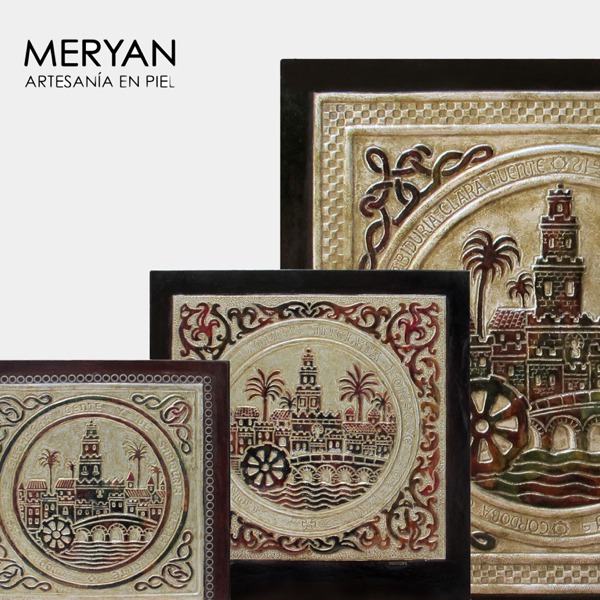 A little Story of the Seal of Cordova2020-06-23Read more
A little Story of the Seal of Cordova2020-06-23Read moreHistory of the official Seal and Coat of arms of Cordova since 13th century trough Meryan leather workshop
-
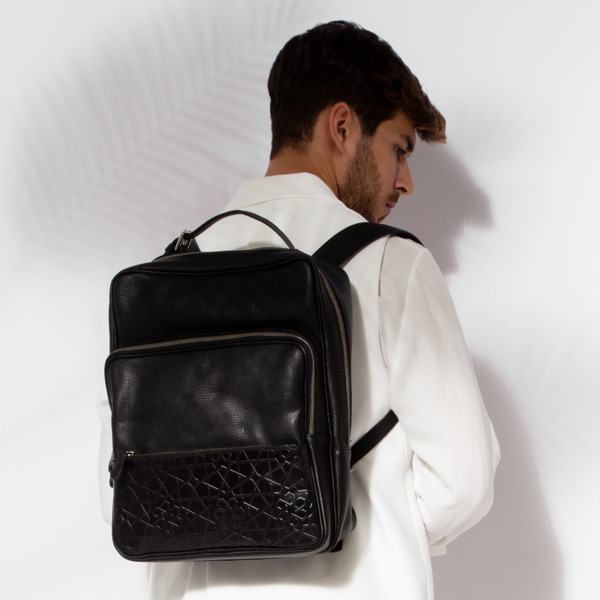 Discover Najima backpack, the leather laptop backpack from Laceria Collection.2020-04-19Read more
Discover Najima backpack, the leather laptop backpack from Laceria Collection.2020-04-19Read moreNew embossed leather laptop bakpack for men. It is an unique and exclusive item made by cordovan style.
-
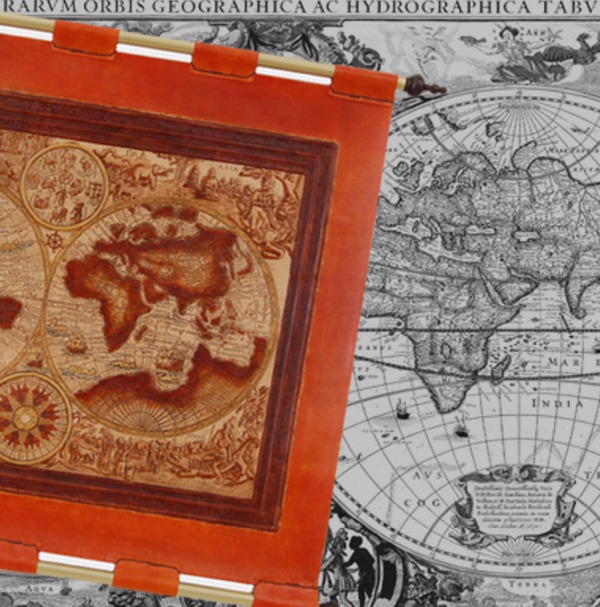 World Maps: a window to our history engraved in leather2020-02-17Read more
World Maps: a window to our history engraved in leather2020-02-17Read moreThe relevant history of maps and how they change our view of the world. Their influence in our leather handbags...
-
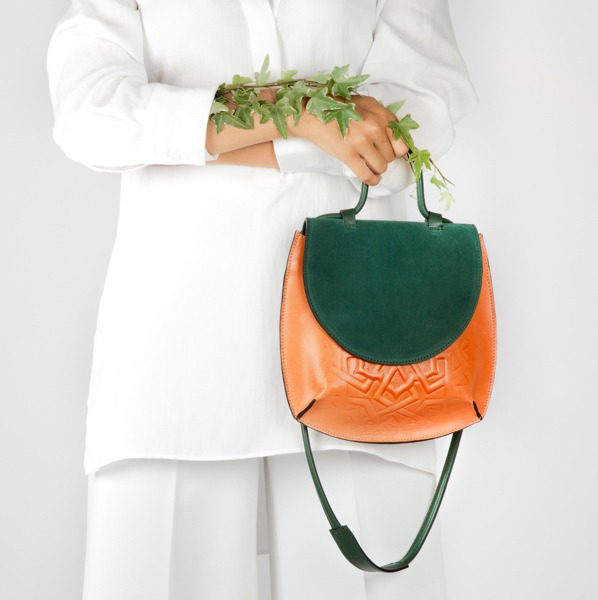 The Mezquita Bag Collection by cordovan style.2019-11-03Read more
The Mezquita Bag Collection by cordovan style.2019-11-03Read moreThe bag collection has an out-of-time where you can behold the excellent quality of Meryan´s leatherwork.
-
 Meryan and Promi Foundation2019-01-30Read more
Meryan and Promi Foundation2019-01-30Read moreMeryan cooperates since last year with Promi Foundation, working with people with special needs.
Blog categories
Search in blog

The Cordobán as Hallmark
When a tradition or an object is held somewhere over the centuries as part of a cultural identity, sometimes their true history can fade away.
This is the case with one of the most popular objects in our tangible heritage: The Cordovan Leather (cordobán).
Some people in Cordova often wrongly refer to the official stamp of this city as “cordoban”, since it has been depicted in this technique many times.
So today we are going to clarify certain ideas about the cordovan leather (cordobán), that almost became in a designation of origin, representing the whole for one of its parts, including all kind of leather productions.
We begin by the obvious, we define it as the way of tanning and working the leather by using different techniques as embossing, engraving or incising. It was used in a wide range of everyday objects; trunks, casquets,harnesses, shoes, belts or gloves.
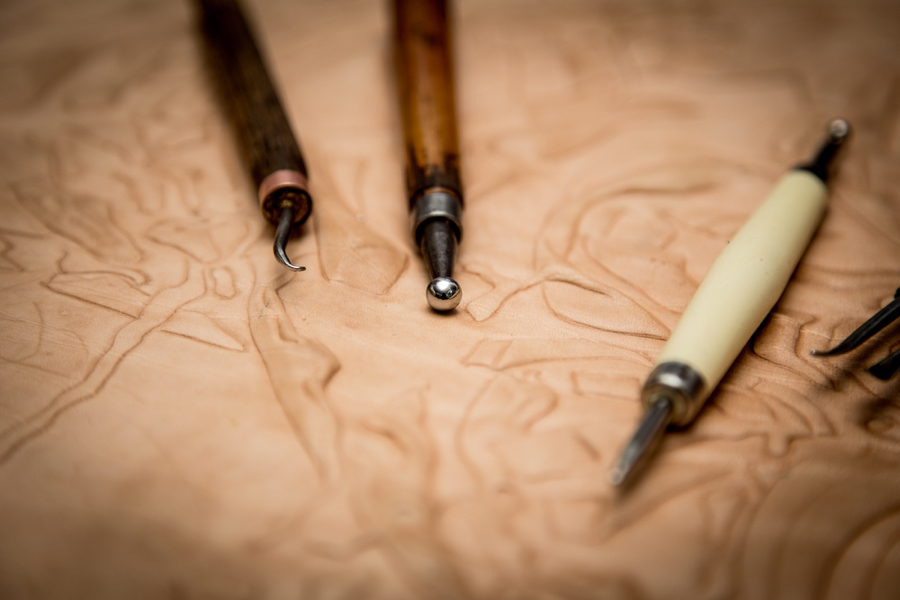
The raw material is the male or female goatskin and the best appreciated tanning agent was the Sumac bark. The Sumac is a bush very common in our Sierra Morena mountains and highly valued for its tannin, a substance or an agent that gave the skin not only great softness but also a high resistance. This particular feature is very significant since unlike the guadamecil, the cordoban use was more practical rather than ornamental. Moreover the sumac provided high pigments stability. The cordoban can occasionally be soberly decorated but can never be metalised with gold or silver leaves. That kind of metallic decoration is unique for the guadamecil.
The origin of the term “cordoban” is in the same name of Cordova, where its production gained great prestige both in and outside the country. Its background is Hispanic-Muslim because although such leather crafts were already present in Cordova during Roman and Visigothic periods, was in the 8th century, under Muslim government, when the production flourished and both, native and arab, techniques brought by muslims mixed together creating a new, particular and personal art. In the 10th century the cordoban began to replace, for hygiene and durability reasons, lots of everyday objects made in other materials. The famous musician Ziryab in the 9th century was used to using them as tablecloths more hygienic than wood tables.
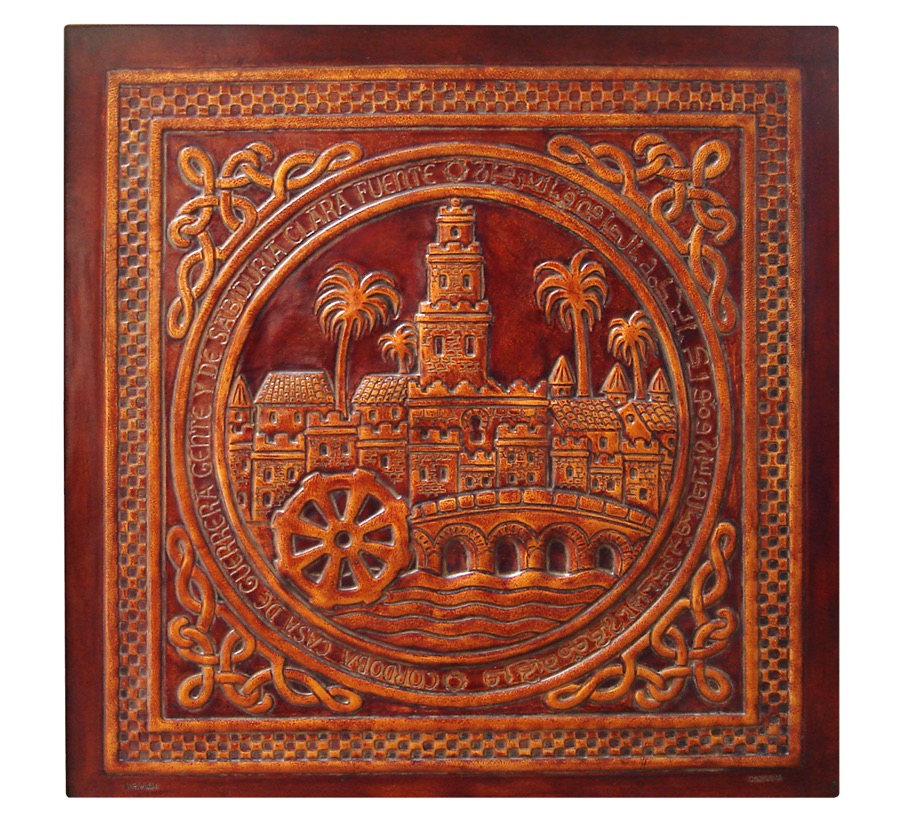
Later, the christians continued the production and exports, especially during the 16th and 17th centuries, and also was required a export regulation to Europe and America in order to avoid shortage and increasing the costs in our country.
It is precisely the written sources from Europe, Middle East and America that started the trend to name as cordoban the whole range of leather production. Although this was not accurate, it gives us an idea of its international appreciation.
Related posts
-
 Tips to care for your leather products
Posted in: History workshop2020-08-14The leather or tanned leather is a natural and organic material with excellent attributes of resistance and...Read more
Tips to care for your leather products
Posted in: History workshop2020-08-14The leather or tanned leather is a natural and organic material with excellent attributes of resistance and...Read more -
 5 Steps to identify Synthetic Leather
Posted in: History workshop2020-08-07Commercially speaking, leatherwork has been divided in two different groups: natural leather and synthetic leather or...Read more
5 Steps to identify Synthetic Leather
Posted in: History workshop2020-08-07Commercially speaking, leatherwork has been divided in two different groups: natural leather and synthetic leather or...Read more -
 Vegetable Leather Dyeing
Posted in: History workshop2020-07-16In this article, we want to show how to dye leather by hand, and the types of dyes we use to color leather and obtain...Read more
Vegetable Leather Dyeing
Posted in: History workshop2020-07-16In this article, we want to show how to dye leather by hand, and the types of dyes we use to color leather and obtain...Read more -
 A little Story of the Seal of Cordova
Posted in: History workshop2020-06-23History of the official Seal and Coat of arms of Cordova since 13th century trough Meryan leather workshopRead more
A little Story of the Seal of Cordova
Posted in: History workshop2020-06-23History of the official Seal and Coat of arms of Cordova since 13th century trough Meryan leather workshopRead more -
 Meryan and Promi Foundation
Posted in: History workshop2019-01-30Meryan cooperates since last year with Promi Foundation, working with people with special needs.Read more
Meryan and Promi Foundation
Posted in: History workshop2019-01-30Meryan cooperates since last year with Promi Foundation, working with people with special needs.Read more
Leave a comment